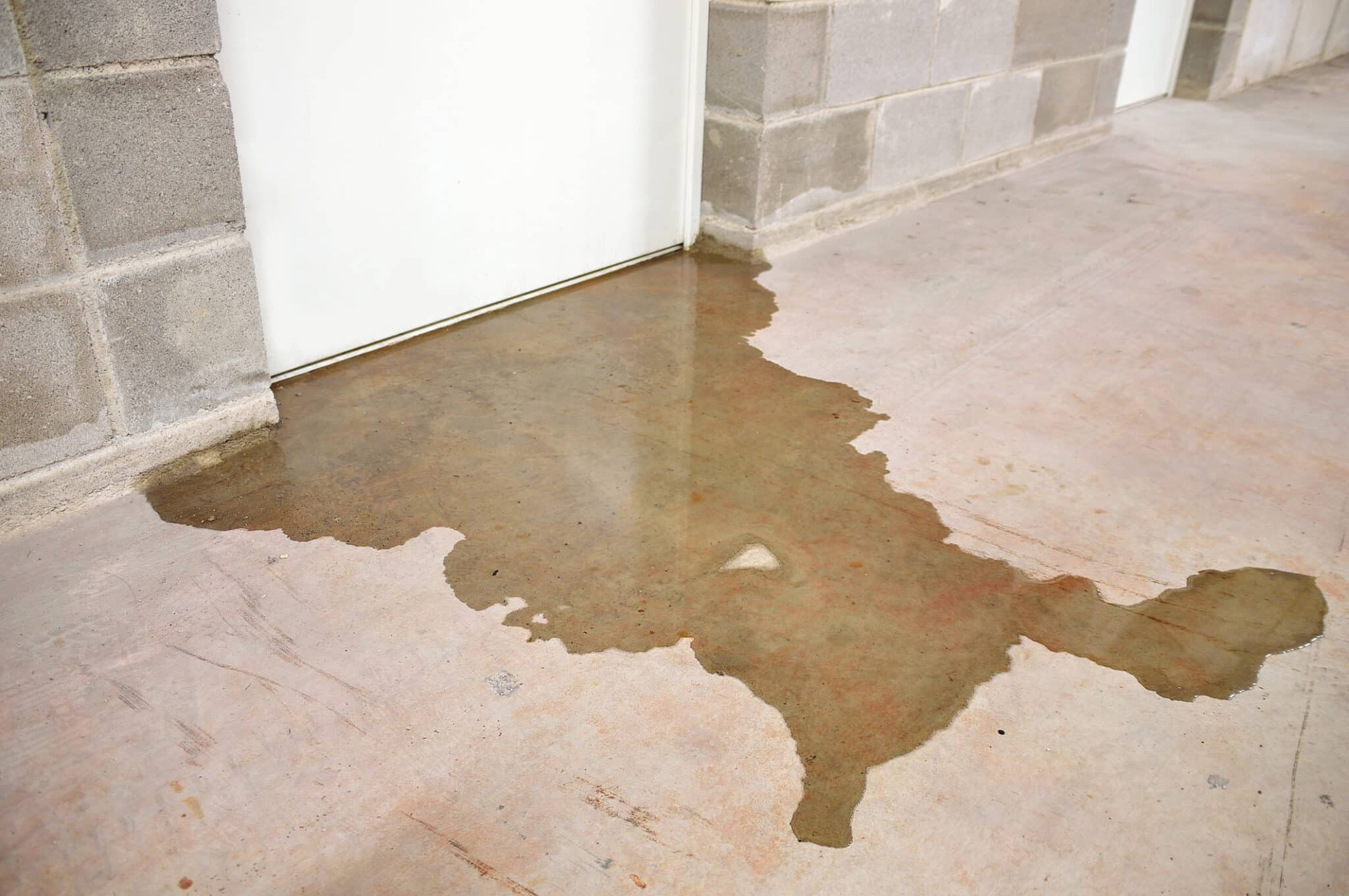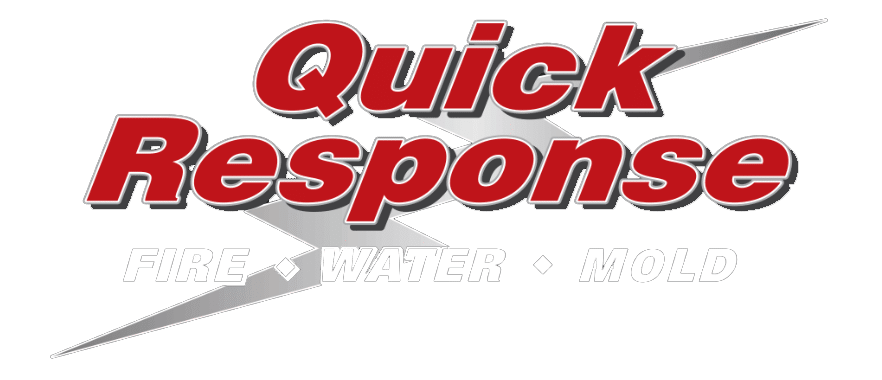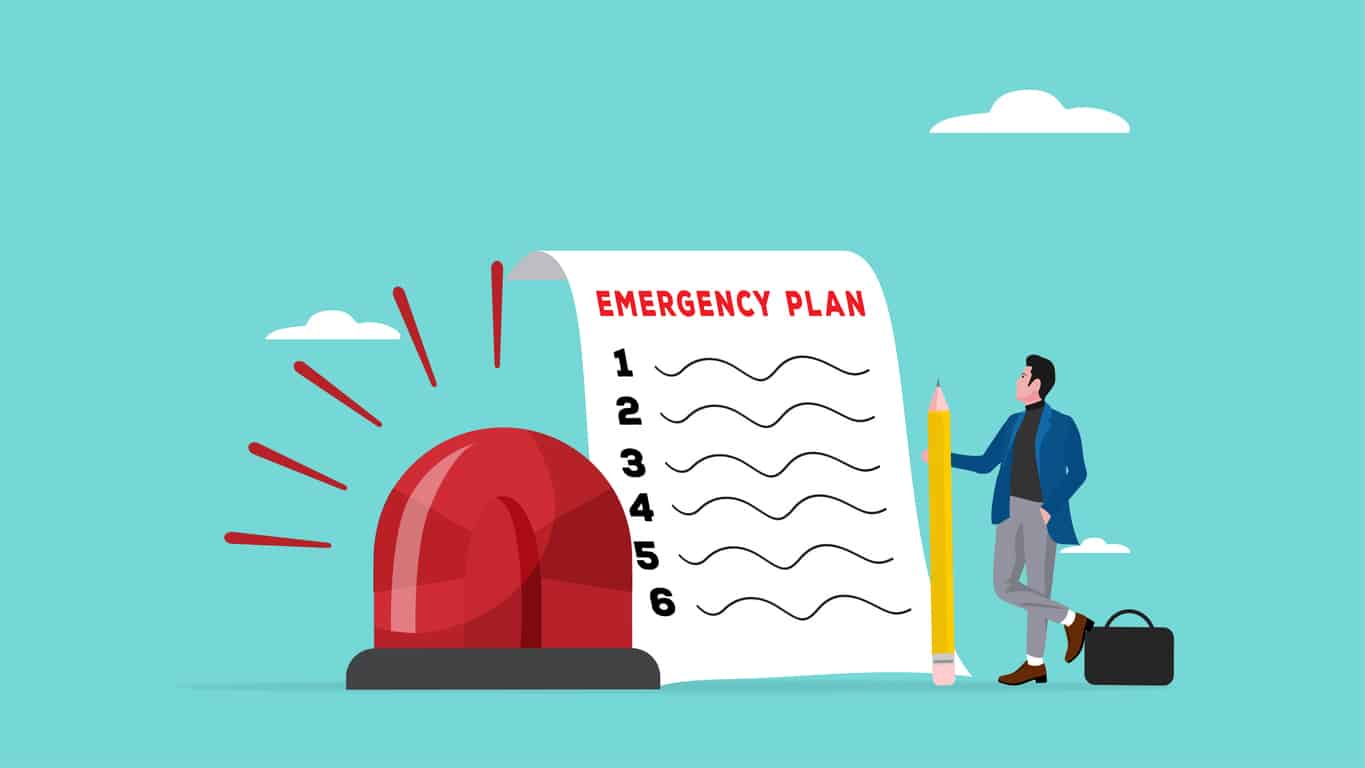Disasters don’t wait for a convenient time to happen. Whether it’s a burst pipe flooding…

Water in Your Basement? Here’s How to Handle It Fast
A flooded basement is a nightmare for any homeowner. Whether it’s from heavy rain, a plumbing mishap, or snowmelt, dealing with water in your basement can feel overwhelming. However, acting fast can help minimize damage and get your home back to normal sooner.
Today, Quick Response Restoration will cover what you need to do as soon as you see water in your basement, how to minimize water damage, and who to call for fast basement water removal in New York.
Why Does Basement Flooding Happen?
Basement flooding isn’t uncommon in Saratoga County, NY. Severe storms, heavy snowfall, and plumbing failures create a dangerous mix for homeowners in the area. Even if your basement hasn’t flooded before, you need to stay prepared. Some of the most common causes of water in the basement include:
- Heavy Rain & Storms – When the ground becomes oversaturated, excess water can seep into your basement.
- Poor Drainage – Clogged gutters or downspouts can force water to collect around your home’s foundation.
- Plumbing Issues – A burst pipe or a sump pump failure can lead to major water buildup in a short time.
Regularly cleaning gutters, maintaining your sump pump, and inspecting pipes can go a long way in keeping your basement dry.
What to Do When Your Basement Floods
If you find water in your basement, it’s important to act quickly. Here’s what you should do:
1. Stay Safe
Water and electricity are nothing to play with. If the water level is high, turn off your home’s power before stepping into the basement. If you’re unsure, wait for professional help.
2. Find the Source
Check where the water is coming from. If it’s a plumbing issue, shut off the main water valve. If it’s from outside, try redirecting water away from your home with sandbags or extra drainage.
3. Start Removing the Water
For small floods, a wet/dry vacuum or sump pump may be enough. If the water level is high, you may need professional help to pump it out safely.
4. Dry Everything Thoroughly
Mold can start growing in as little as 24 hours. Use fans and dehumidifiers to dry out the space as quickly as possible. Remove wet carpets, furniture, and any other damaged belongings.
5. Document the Damage
Take pictures and write down details about what was damaged. This will help with insurance claims and ensure you get the coverage you need.
Does Home Insurance Cover Basement Flooding?
One of the biggest concerns homeowners have after a flood is whether their insurance will cover the damage. The answer depends on your policy and the cause of the flooding.
- Plumbing Failures – Most standard home insurance policies cover water damage from burst pipes or appliance failures.
- Flooding from Outside Water – Typically, standard policies don’t cover natural flooding. You’d need separate flood insurance.
- Sewer Backups – Some policies offer optional sewer backup coverage, which protects against water damage from clogged or broken sewer lines.
The best way to know what your insurance covers is to check your policy or call your provider. If you live in a flood-prone area, adding extra coverage may be worth considering.
What Does Insurance Cover After a Flood?
If your insurance covers basement flooding, you may get reimbursement for:
- Structural Repairs – Fixing walls, floors, and foundations damaged by water.
- Replacing Belongings – Some policies cover damaged furniture, electronics, and personal items.
- Mold Removal – If mold growth is directly caused by the flood, your policy may include mold remediation.
To ensure you get the most out of your claim, report the damage as soon as possible and provide all necessary documentation.
DIY vs. Professional Help: Which Should You Choose?
Deciding whether to clean up the flood yourself or call in professionals depends on the severity of the situation.
DIY Cleanup
- Works for small leaks or minor water buildup.
- Requires a wet/dry vacuum, fans, and dehumidifiers.
- Saves money but takes time and effort.
Professional Help
- Ideal for large floods, structural damage, or contaminated water.
- Experts have the tools to dry, disinfect, and restore your basement faster.
- Ensures mold and long-term water damage don’t become an issue.
- If the flood is extensive, calling in experts can save time and prevent bigger problems down the road.
Need Help? Who to Call for Basement Water Removal
Dealing with a flooded basement is stressful, but you don’t have to go through it alone. Quick Response Restoration provides fast basement water removal in New York. Don’t let water damage get worse—give us a call today, and let’s get your home back to normal!
Need Fast Basement Water Removal in Saratoga County, NY? Quick Response Restoration is Here to Help!
A flooded basement can feel impossible to deal with, but finding help is easy with Quick Response Restoration. We provide fast, professional basement water removal in New York.
We’ll work directly with you and your insurance company to make the process as smooth as possible. Don’t wait—standing water can cause serious damage and mold growth!
Contact us at (518) 899-7090 or visit our website today to bounce back from a flooded basement.




